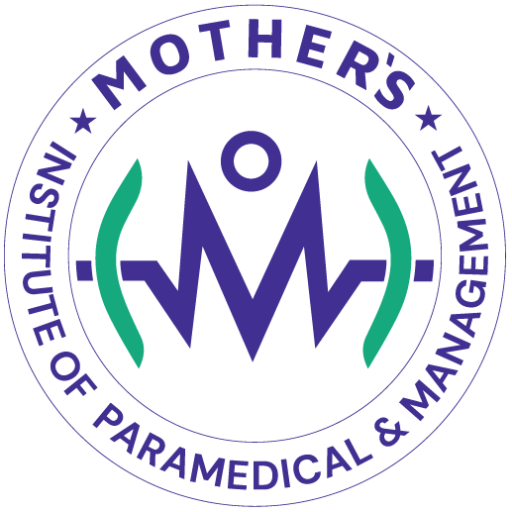- The Diploma in Medical Radiography Technology program is designed to train individuals in the specialized field of medical imaging, equipping them with the knowledge, technical skills, and clinical experience necessary to perform diagnostic imaging procedures and produce high-quality medical images for diagnosis and treatment planning. Medical radiography technologists, also known as radiologic technologists or radiographers, play a vital role in healthcare by operating imaging equipment, ensuring patient safety, and collaborating with healthcare professionals to provide accurate diagnostic information. This diploma program prepares students for entry-level positions in hospitals, clinics, imaging centers, and other healthcare settings.
Curriculum Overview
Career Prospects
Curriculum Overview
- Radiologic Physics and Radiation Protection:
Students learn the principles of radiologic physics, including the properties of radiation, interactions with matter, and radiation safety practices. They study radiation protection principles, dose monitoring, shielding techniques, and regulations governing radiation exposure in medical imaging. - Anatomy and Physiology:
Students study human anatomy and physiology to understand the structure and function of the human body and its relevance to medical imaging. They learn about anatomical landmarks, organ systems, and physiological processes to visualize internal structures and identify abnormalities on medical images. - Radiographic Imaging Modalities:
This segment focuses on teaching students the principles and operation of different imaging modalities used in medical radiography, including X-ray radiography, fluoroscopy, computed tomography (CT), magnetic resonance imaging (MRI), and mammography. Students learn about the indications, advantages, and limitations of each imaging modality. - Radiographic Techniques and Positioning:
Students learn a variety of radiographic techniques and positioning skills to produce diagnostic images of different body parts and systems. They study techniques such as general radiography, skeletal radiography, gastrointestinal imaging, genitourinary imaging, and specialized imaging procedures. - Radiographic Equipment Operation:
Students are trained in the operation of radiographic equipment, including X-ray machines, fluoroscopy units, CT scanners, MRI machines, and mammography units. They learn to set exposure parameters, position patients, and acquire diagnostic images using digital imaging technology. - Patient Care and Communication:
Students learn to provide compassionate patient care and communication in radiology departments. They develop interpersonal skills to interact with patients, explain procedures, address concerns, and ensure patient comfort and cooperation during imaging examinations. - Image Processing and Analysis:
Students learn to process and analyze radiographic images using digital imaging technology and picture archiving and communication systems (PACS). They gain skills in image enhancement, manipulation, measurement, and interpretation to assist radiologists in image diagnosis. - Quality Control and Assurance:
Students learn about quality control measures and quality assurance programs in radiology departments. They study techniques for evaluating image quality, troubleshooting equipment malfunctions, and ensuring compliance with regulatory standards and accreditation requirements. - Ethical and Legal Considerations:
Students study ethical principles, legal regulations, and professional standards governing the practice of medical radiography. They learn about patient rights, informed consent, confidentiality, documentation practices, and the importance of professionalism and integrity in patient care.
Career Prospects
- Radiologic Technologist:
Operating imaging equipment, performing diagnostic imaging procedures, positioning patients, and producing high-quality medical images for interpretation by radiologists and other healthcare providers. - CT Technologist:
Operating CT scanners, preparing patients for CT scans, administering contrast agents, and producing cross-sectional images of internal organs and structures for diagnostic purposes. - MRI Technologist:
Operating MRI machines, positioning patients for MRI scans, administering contrast agents, and producing detailed images of soft tissues, organs, and anatomical structures using magnetic resonance imaging technology. - Mammography Technologist:
Performing mammography exams, positioning patients for breast imaging, operating mammography equipment, and producing mammographic images for the detection of breast cancer and other breast abnormalities - Radiology Department Supervisor:
Assuming leadership roles in radiology departments, supervising radiologic technologists, managing workflow, coordinating patient scheduling, and ensuring the quality and efficiency of radiology services.
The Diploma in Medical Radiography Technology program prepares students for dynamic and rewarding careers in medical imaging. By mastering the principles of radiologic science, developing technical skills, and gaining clinical experience, graduates contribute to accurate diagnosis, effective treatment planning, and improved patient outcomes in healthcare settings.

